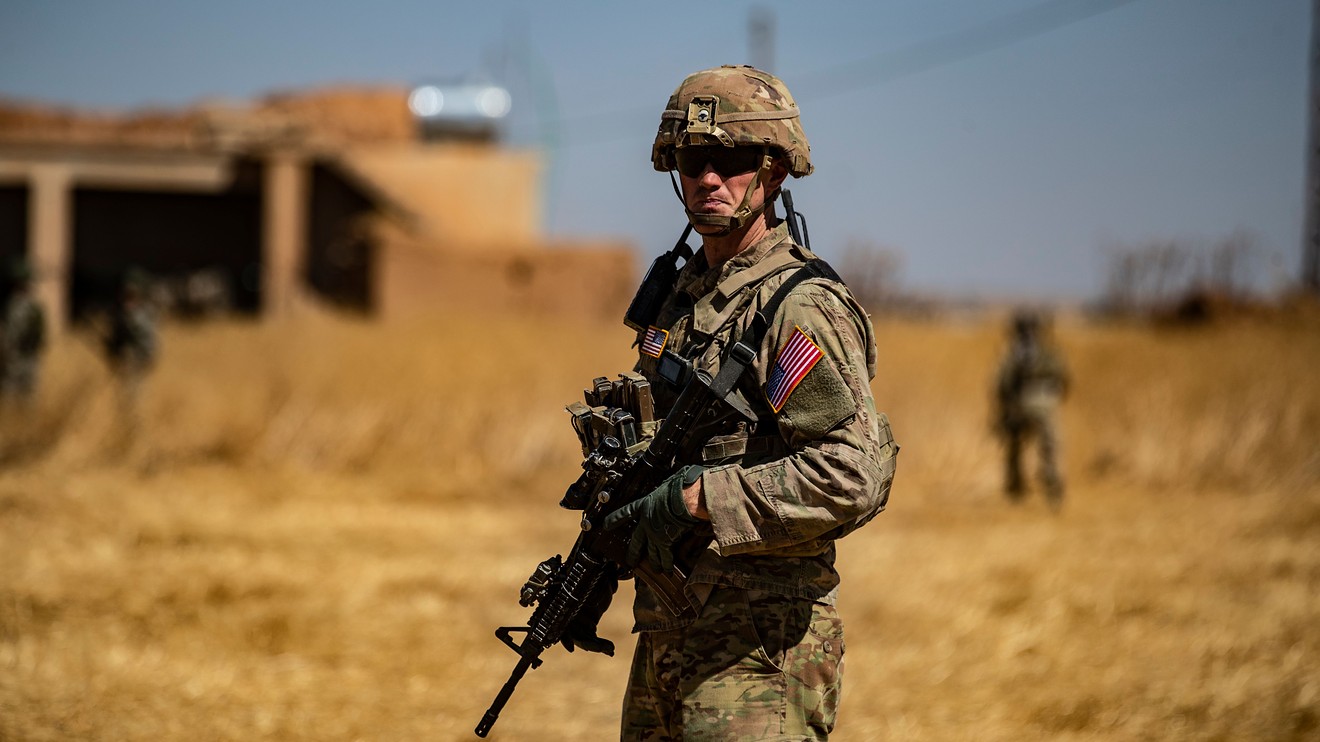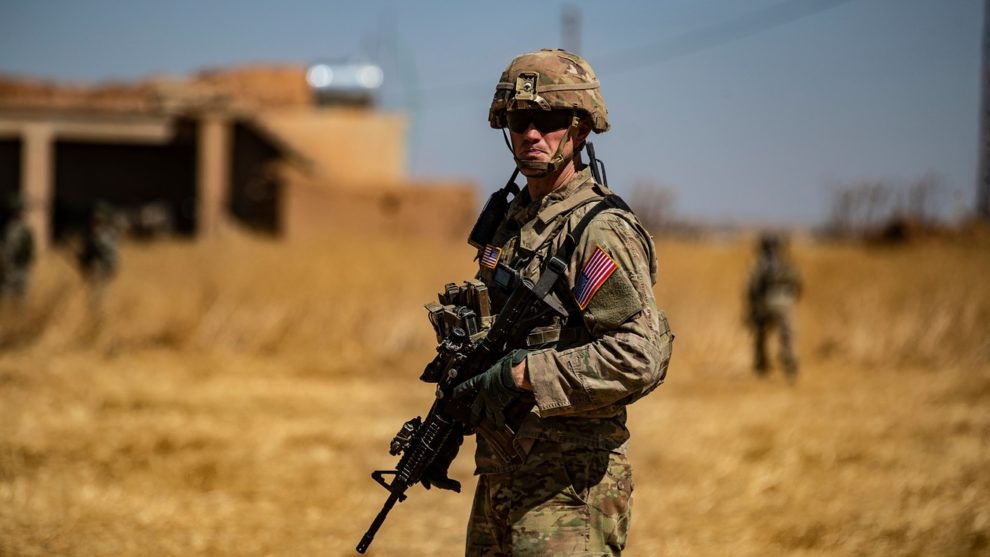
U.S. soldiers fought in America’s war on terror — and then found themselves on the front lines of the opioid epidemic back home, according to a new study.
Deployment and combat during the wars in Afghanistan and Iraq has fueled the opioid crisis among returning soldiers and also for the nation as a whole, researchers say.
The study found:
• Soldiers who fought in a combat zone were approximately 7% more likely to have painkiller prescriptions and also 7% more likely to abuse the drugs.
• Soldiers who were sent to combat but did not fight were much less likely to be prescribed opioids (about 2%) but they were 8.8% more likely to abuse drugs.
• The health care costs could be at least $1 billion annually for prescription painkiller abuse and $470 million yearly for heroin abuse
“U.S. war veterans are at the forefront of the U.S. opioid epidemic,” said the study, circulated Monday by the National Bureau of Economic Research.
Veterans face elevated risks of heroin use and misuse of prescription painkillers because a variety of factors are coming together, the study said.
“War injury-induced chronic pain, lax monitoring of opioid prescriptions by Veterans Health Administration providers, combat-related psychological trauma, and exposure to cheap opium supplies during away deployments have placed post-9/11 combat veterans at substantial risk for opioid abuse and mortality,” researchers noted.
University of Georgia Professor W. David Bradford, one of the study’s authors, told MarketWatch that some research has linked opioid abuse and deaths to economic and social problems, like so-called “deaths of despair.” But “another factor that hasn’t received as much attention as it should is combat exposure,” Bradford said.
(Other theories on the epidemic note that low-income Americans may not be able to afford alternative care, and allege that some drug companies put profits over public health.)
Previous research — and some government action — has addressed the links between opioids and veterans who return with physical and psychological wounds. The U.S. Department of Veterans Affairs determined in 2015 there was a 55% increase in opioid use disorder for soldiers returning from tours of duty in Iraq and Afghanistan. Other research determined veterans’ opioid abuse rate was seven times higher than civilian rates.
Don’t miss: Study of 263,000 active-service U.S. Army soldiers: Only 30% have ‘ideal’ blood pressure
Veterans might be “at ground zero of this crisis,”researchers wrote, but the epidemic isn’t confined to returning soldiers.
There were almost 9,500 opioid-related deaths in 2001, one study found. By 2016, there were 42,245 deaths opioid related to the painkillers, a 345% increase.
The Department of Defense and Veterans Affairs have been researching ways soldiers can cope with chronic pain without relying on pharmaceuticals. In 2017, the two departments, along with the Department of Health and Human Services, announced they would spend a combined $81 million for research into the effectiveness of activities like yoga, Tai Chi and mindful meditation.
The Department of Veterans Affairs and the Defense Department could not be immediately reached for comment.
Veterans Affairs officials have previously said they are cutting back on the opioid prescriptions they give out to veterans. Last year, the U.S. Government Accountability Office said Veterans Health Administration doctors prescribed opioids to 10% of the patients under their care, down from 17% in 2013.











Add Comment